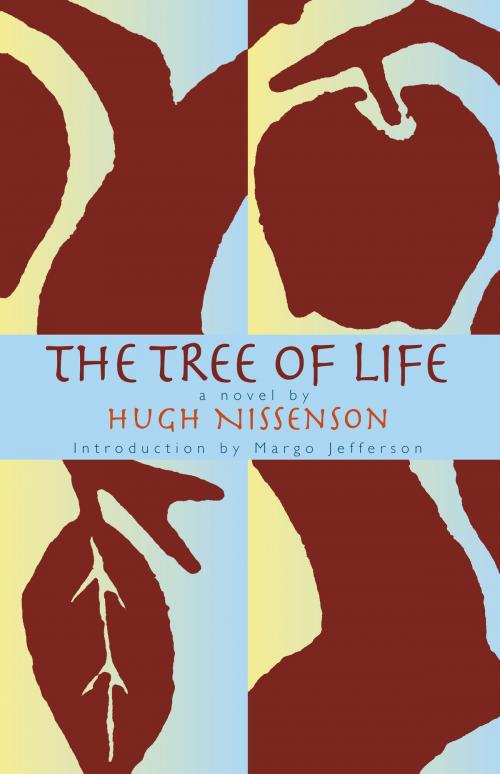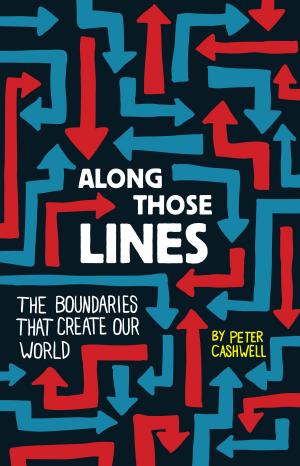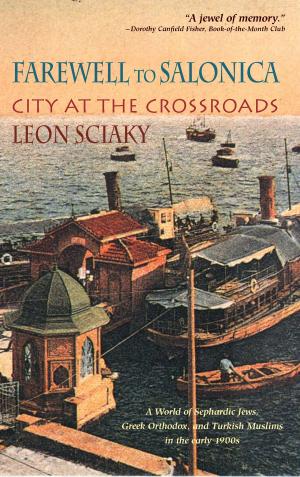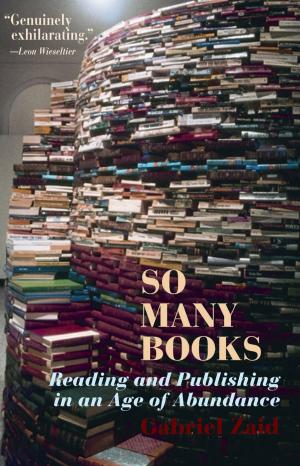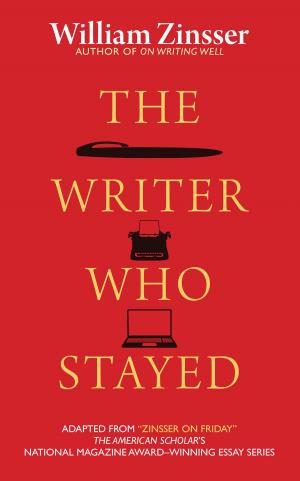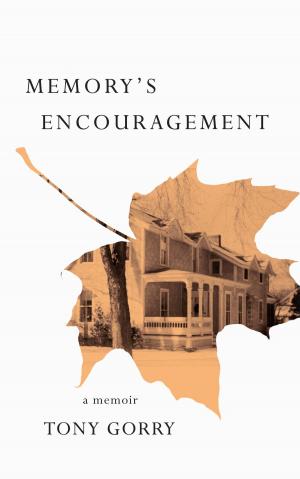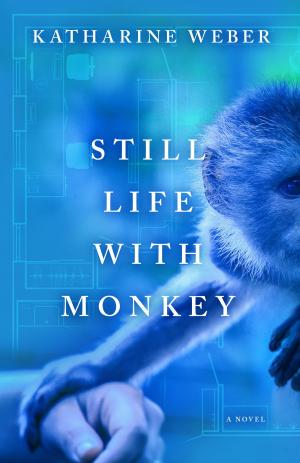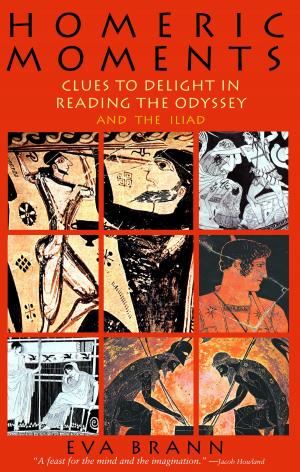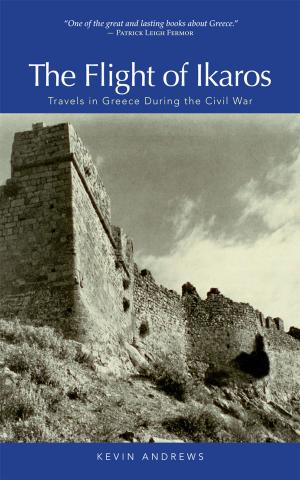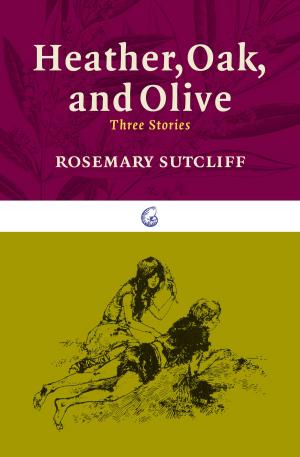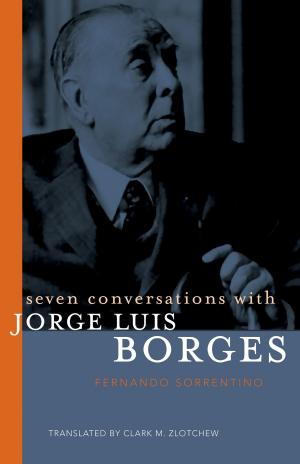| Author: | Hugh Nissenson | ISBN: | 9781589883062 |
| Publisher: | Paul Dry Books | Publication: | May 14, 2015 |
| Imprint: | Language: | English |
| Author: | Hugh Nissenson |
| ISBN: | 9781589883062 |
| Publisher: | Paul Dry Books |
| Publication: | May 14, 2015 |
| Imprint: | |
| Language: | English |
INTRODUCTION BY MARGO JEFFERSON
Finalist for the National Book Award and the PEN/Faulkner Award
"It is a tale more moving and haunting than one thinks it can possibly be."—The Village Voice
The year is 1811. Having suffered a loss of faith, Thomas Keene, Congregational minister from New England, abandons the East and moves to Richland County on the Ohio frontier. The Tree of Life is Keene's journal: stories and jottings appear alongside accounting entries and poems, coarse jokes and sermons, woodcuts and maps. In this "Waste Book," Keene conveys his longing for a young widow, his fascination with John Chapman (Johnny Appleseed), and his resolve in the face of the growing enmity between his fellow settlers and the Delaware Indians. The Tree of Life reveals a man of intellect and passion as he confronts the raw country.
"A beautifully paced book…[it] allows the shocks and resonances to gather slowly, the way they do in life when you are taking everything in, but cannot yet allow yourself to admit how much you've been affected…In thrall to the powers Mr. Nissenson has invoked and wielded with such fearful symmetry—the powers of documentation and of vision—we can only read on."—Margo Jefferson, from her Introduction
Hugh Nissenson (1933–2013) was born in New York City. After graduating from Swarthmore College, he published his first short story in Harper's Magazine in 1958. He taught writing at Yale, Barnard, and Auburn Theological Seminary, and was the author of a memoir, three collections of short stories and journals, and many novels.
Margo Jefferson is a Pulitzer Prize-winning cultural critic. She has been a staff writer for The New York Times and Newsweek; her reviews and essays have appeared in New York Magazine, Grand Street, Vogue, Harper's, and many other publications.
"The Tree of Life is one of the most powerful, original, and disturbing books that I have read in a long time. Hugh Nissenson has caught the voice of the old-time diary keeper just exactly. It's uncanny, marvelous, so direct and deceptively simple that you know what pains he has taken. The book is a work of art and no one who reads it will ever forget it."—David McCullough
"The juxtaposition of horror and information perfectly captures the genius of this imagined diary…Scarcely a word is wasted. Hardly an aspect of the struggle to found a new civilization remains untouched. The Tree of Life dramatizes, sometimes with almost unbearable intensity, the American dream and its attendant nightmare."—TIME Magazine
"[The Tree of Life] confronts us where our deepest and most disturbing fantasies intersect with our sense of history…Given the richness of its texture and the strength of whichever of its threads one pursues, one can imagine that its force will grow and take an ever tighter grip on our understanding of the American past. It is a book that plants deep seeds."—New York Times
"This small novel works like a laser beam, penetrating the American experience with searing and concentrated intensity."—Los Angeles Times
INTRODUCTION BY MARGO JEFFERSON
Finalist for the National Book Award and the PEN/Faulkner Award
"It is a tale more moving and haunting than one thinks it can possibly be."—The Village Voice
The year is 1811. Having suffered a loss of faith, Thomas Keene, Congregational minister from New England, abandons the East and moves to Richland County on the Ohio frontier. The Tree of Life is Keene's journal: stories and jottings appear alongside accounting entries and poems, coarse jokes and sermons, woodcuts and maps. In this "Waste Book," Keene conveys his longing for a young widow, his fascination with John Chapman (Johnny Appleseed), and his resolve in the face of the growing enmity between his fellow settlers and the Delaware Indians. The Tree of Life reveals a man of intellect and passion as he confronts the raw country.
"A beautifully paced book…[it] allows the shocks and resonances to gather slowly, the way they do in life when you are taking everything in, but cannot yet allow yourself to admit how much you've been affected…In thrall to the powers Mr. Nissenson has invoked and wielded with such fearful symmetry—the powers of documentation and of vision—we can only read on."—Margo Jefferson, from her Introduction
Hugh Nissenson (1933–2013) was born in New York City. After graduating from Swarthmore College, he published his first short story in Harper's Magazine in 1958. He taught writing at Yale, Barnard, and Auburn Theological Seminary, and was the author of a memoir, three collections of short stories and journals, and many novels.
Margo Jefferson is a Pulitzer Prize-winning cultural critic. She has been a staff writer for The New York Times and Newsweek; her reviews and essays have appeared in New York Magazine, Grand Street, Vogue, Harper's, and many other publications.
"The Tree of Life is one of the most powerful, original, and disturbing books that I have read in a long time. Hugh Nissenson has caught the voice of the old-time diary keeper just exactly. It's uncanny, marvelous, so direct and deceptively simple that you know what pains he has taken. The book is a work of art and no one who reads it will ever forget it."—David McCullough
"The juxtaposition of horror and information perfectly captures the genius of this imagined diary…Scarcely a word is wasted. Hardly an aspect of the struggle to found a new civilization remains untouched. The Tree of Life dramatizes, sometimes with almost unbearable intensity, the American dream and its attendant nightmare."—TIME Magazine
"[The Tree of Life] confronts us where our deepest and most disturbing fantasies intersect with our sense of history…Given the richness of its texture and the strength of whichever of its threads one pursues, one can imagine that its force will grow and take an ever tighter grip on our understanding of the American past. It is a book that plants deep seeds."—New York Times
"This small novel works like a laser beam, penetrating the American experience with searing and concentrated intensity."—Los Angeles Times
